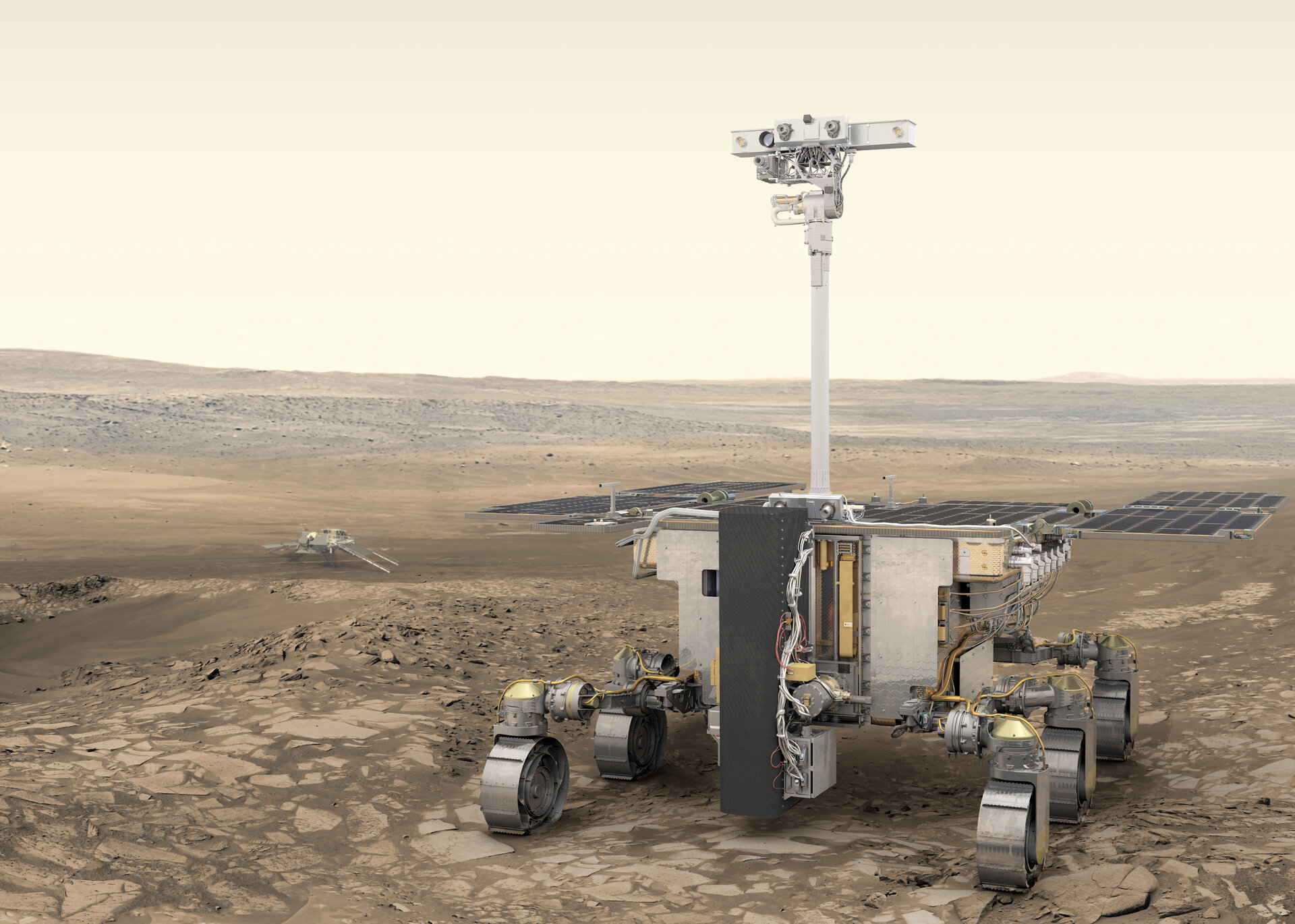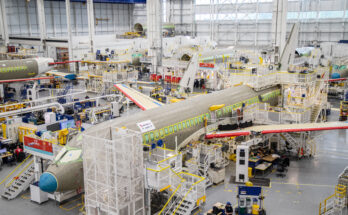
The ExoMars program, a joint Roscosmos, ESA endeavor, is facing uncertainty due to the current war in Ukraine and the relations that have been strained as a result. The European Space Agency has officially ended cooperation with Russia on the project.
ExoMars is a two-part mission: the Trace Gas Orbiter, which launched in 2016, and the ExoMars rover mission, which has yet to launch. Due to soured relations between Russia and the West, the rover mission was put on hold. Reportedly, the rover Rosalind Franklin is technically ready for a launch, but because the mission now lacks Russia’s Kazachok lander and Russian support, it has been pushed back to at least 2028. Russia was also going to provide the launch vehicle, specifically a Proton-M, but ESA will now have to choose another rocket.
Finding another launch vehicle is easy enough, but another experienced space-faring nation will need to jump in with a lander. NASA will likely replace Russia as the ESA’s ExoMars partner, but the Rosalind Franklin rover will need to be reworked with new ESA instruments to replace the previous Russian designs. Roscosmos head Dmitry Rogozin is not happy with the current situation and, in a tit-for-tat maneuver, is ordering cosmonauts on the International Space Station to stop working on the European Robotic Arm (ERA). Collaboration with NASA appears to be one of the few options available if the ExoMars mission is to land on the red planet.
The 2028 date is interesting from NASA’s perspective in that the NASA/ESA Mars Sample Return mission will also launch around that time. It is too early to say whether there will be some overlap and possible mission integration of the ExoMars rover and the Mars Sample Return mission.
Forecast International’s Space Systems Forecast – Satellites & Spacecraft product covers communications, remote sensing, scientific, and navigation spacecraft. Individual reports detail the markets for commercial networks like Intelsat and military systems such as the SBIRS constellation. Satellites covered range in size from small CubeSats to large platforms like the Boeing-702 and SSL 1300. The service also features reports on new market entrants like Planet of San Francisco and OneWeb. Click here to learn more.
Carter Palmer has long held a keen interest in military matters and aviation. As a FI's space systems analyst he is responsible for updating the reports and analyses within the Space Systems Forecast – Launch Vehicles & Manned Platforms and Space Systems Forecast – Satellites & Spacecraft products.




